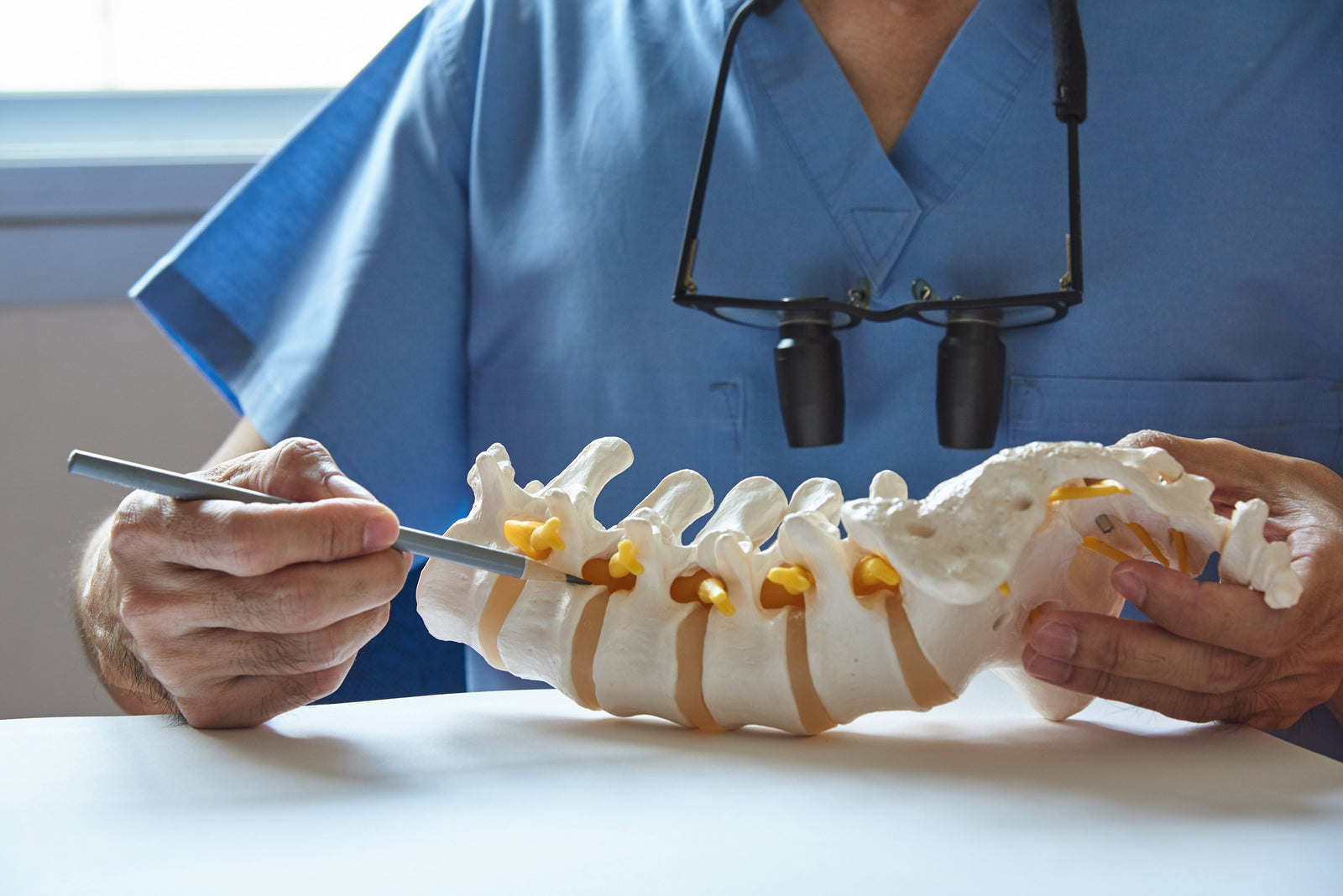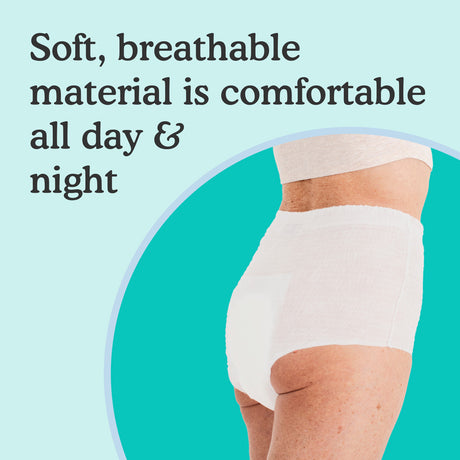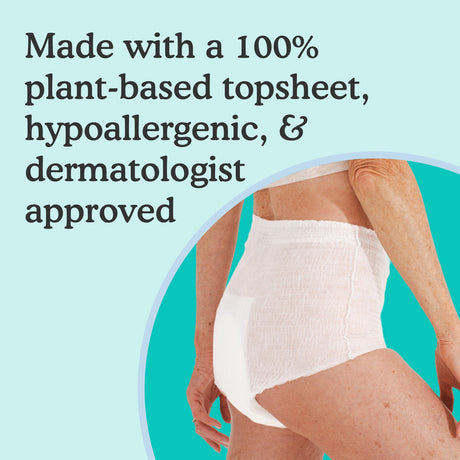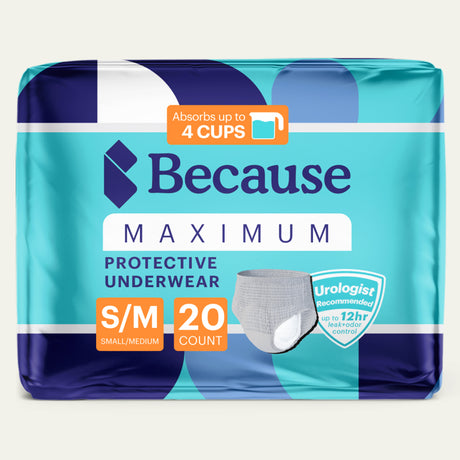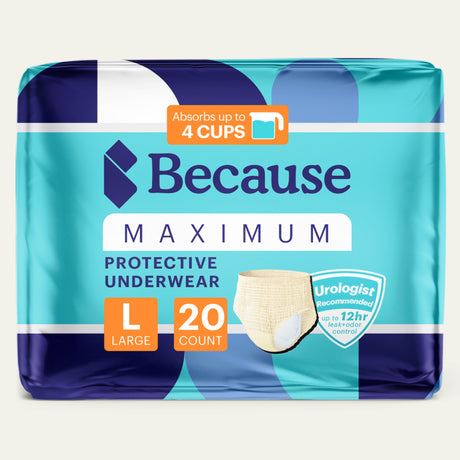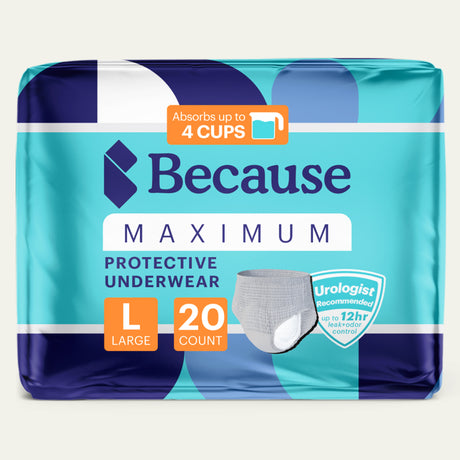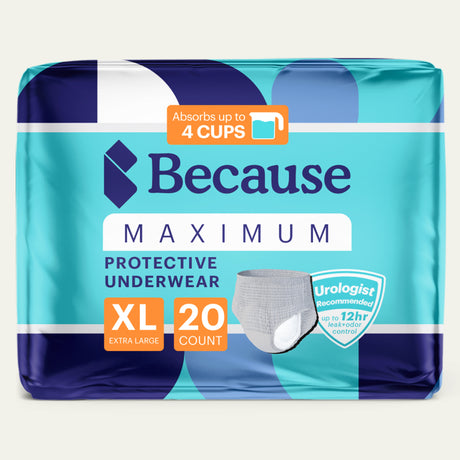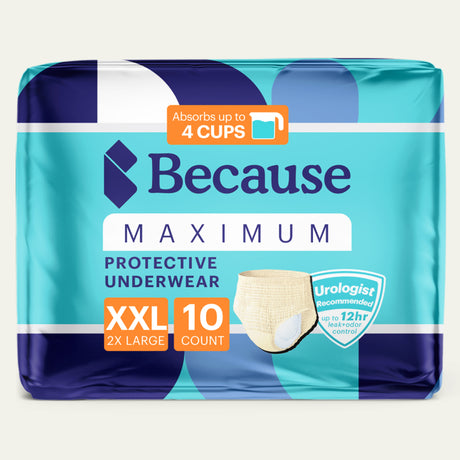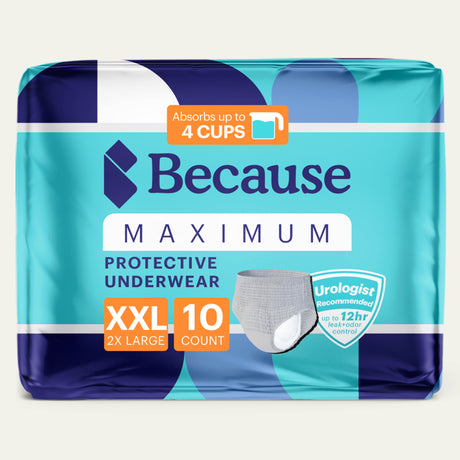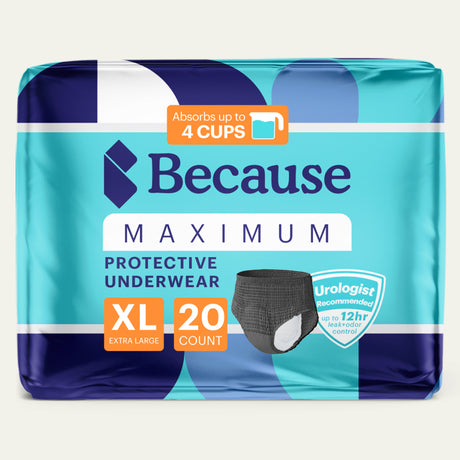Spinal stenosis, a condition where the spaces within your spine narrow, can lead to a range of health issues, including bladder problems. One study showed that up to 35% of individuals with spinal stenosis experience bladder or bowel dysfunction, which can significantly impact daily life. Understanding the connection between spinal stenosis and bladder issues is crucial for effective management and treatment. In this blog, we'll explore how spinal stenosis can affect bladder control and what you can do to address these symptoms.

What is Spinal Stenosis?
Spinal stenosis is a condition characterized by the narrowing of the spaces within the spine, which can put pressure on the spinal cord and nerves. This compression can lead to symptoms such as pain, numbness, and weakness in the back, legs, and other parts of the body. It most commonly occurs in the neck and lower back regions.
Common Symptoms of Spinal Stenosis
Spinal stenosis can manifest in a variety of ways, the following are common symptoms associated with the condition:
- Pain: Typically in the lower back or neck, which may radiate to the arms or legs.
- Numbness or Tingling: Often felt in the extremities, such as hands, arms, legs, or feet.
- Weakness: Muscle weakness, particularly in the legs, making it difficult to walk or maintain balance.
- Cramping: Leg cramping, especially after prolonged standing or walking.
- Loss of Coordination: Difficulty with balance and coordination, sometimes leading to frequent falls.
- Bladder or Bowel Dysfunction: In severe cases, issues with controlling bladder or bowel movements.
- Pain Relief with Flexion: Symptoms may improve when bending forward or sitting down.
Causes of Spinal Stenosis
Spinal stenosis can be caused by several factors:
- Aging: Natural wear and tear on the spine as you age can lead to the narrowing of the spinal canal.
- Arthritis: Osteoarthritis or rheumatoid arthritis can cause inflammation and bone spurs that contribute to spinal stenosis.
- Herniated Discs: Discs that protrude or rupture can press on the spinal cord or nerves.
- Genetic Factors: Some individuals are born with a naturally narrow spinal canal.
- Spinal Injuries: Traumatic injuries can cause dislocations or fractures that narrow the spinal canal.
- Tumors: Abnormal growths within the spinal cord or the space between the vertebrae can cause compression.
- Paget’s Disease: A bone disease that can lead to the abnormal enlargement and weakening of the spinal bones.
- Thickened Ligaments: Over time, ligaments that hold the spine together can thicken and bulge into the spinal canal.
How Spinal Stenosis Affects the Body
Spinal stenosis can significantly impact the body, leading to pain, numbness, and mobility issues due to the compression of the spinal cord and nerves.
Impact on the Nervous System
Spinal stenosis can have a profound impact on the nervous system by compressing the spinal cord and nerve roots, leading to various neurological symptoms. This compression can cause pain, numbness, and tingling in the extremities, as well as muscle weakness. In severe cases, it can disrupt the normal function of the nerves, leading to issues such as loss of coordination, balance problems, and even bladder or bowel dysfunction.
Potential Complications
Spinal stenosis can lead to several serious complications if left untreated. These may include chronic pain, significant loss of mobility, and severe nerve damage resulting in permanent weakness or paralysis. Additionally, spinal stenosis can cause urinary and fecal incontinence.

Can Spinal Stenosis Cause Bladder Problems?
When bladder dysfunction occurs due to damage to the nervous system it is referred to as neurogenic bladder. The most common conditions that lead to neurogenic bladder are Alzheimer’s, Parkinson’s disease, multiple sclerosis, defects in the spinal cord (congenital or non congenital), spinal cord injury, or cerebral palsy.
The Connection Between Spinal Stenosis and Bladder Problems
The connection between spinal stenosis and bladder problems lies in the compression of nerves that control bladder function. When the spinal canal narrows, it can put pressure on these nerves, leading to symptoms such as urinary urgency, incontinence, and difficulty emptying the bladder completely. This nerve compression disrupts normal bladder control, causing significant discomfort and impacting daily life.
How Nerve Compression Leads to Bladder Issues
Nerve compression caused by spinal stenosis leads to incontinence through several mechanisms. The spinal cord and nerve roots in the lumbar and sacral regions of the spine are responsible for sending signals between the brain and the bladder. When these nerves are compressed, the communication pathways become disrupted, impairing the ability to control bladder function.
Specifically, the sacral nerves (S2-S4) manage the parasympathetic control of the bladder, including the sensation of fullness and the initiation of urination. Compression of these nerves can lead to a loss of bladder sensation, making it difficult to recognize the need to urinate, or it can weaken the muscles that control urination, resulting in involuntary leakage or incontinence.
There are two common treatments that specifically target these nerves to treat incontinence: sacral nerve stimulation and percutaneous tibial nerve stimulation.
Symptoms of Bladder Problems Related to Spinal Stenosis
Bladder problems related to spinal stenosis can manifest through a variety of symptoms, significantly impacting urinary function and overall quality of life.
Recognizing Bladder Dysfunction
Recognizing bladder dysfunction caused by spinal stenosis involves identifying symptoms such as urinary urgency, frequency, incontinence, and difficulty fully emptying the bladder. Unlike incontinence resulting from other causes, such as muscle weakness or urinary tract infections, incontinence due to nerve damage from spinal stenosis is often accompanied by other neurological symptoms, like numbness, tingling, or weakness in the legs.
This type of incontinence is typically linked to a loss of sensation or control over bladder function because the nerves responsible for these functions are compressed or damaged. Understanding these distinctions is crucial for accurate diagnosis and appropriate treatment, helping to alleviate symptoms and improve quality of life.
Other Related Symptoms to Watch For
In addition to bladder dysfunction, other symptoms to watch out for include pain and cramping in the lower back or legs, numbness or tingling in the extremities, and muscle weakness. Difficulty walking, maintaining balance, and experiencing relief from symptoms when bending forward or sitting can also indicate spinal stenosis. Recognizing these signs can aid in early diagnosis and effective management of the condition.

Diagnosing Bladder Problems Caused by Spinal Stenosis
Accurately diagnosing bladder problems caused by spinal stenosis is essential for effective treatment. This process involves a thorough medical evaluation, including detailed patient history, physical examination, and specialized tests to pinpoint the underlying cause of symptoms.
Medical Evaluation and Tests
The medical evaluation for diagnosing bladder problems caused by spinal stenosis typically begins with a comprehensive patient history and physical examination. The doctor will ask about symptoms, their duration, and any factors that worsen or alleviate them. During the physical exam, the doctor will check for signs of nerve impairment, such as muscle weakness, numbness, and reflex abnormalities.
Imaging tests like MRI or CT scans are crucial for visualizing the spinal canal and identifying areas of nerve compression. Additionally, urodynamic tests may be performed to assess bladder function and detect abnormalities in urine flow and pressure. These diagnostic tools collectively help pinpoint the exact cause of bladder dysfunction, allowing for tailored and effective treatment plans.
Importance of Early Diagnosis
Early diagnosis of bladder problems related to spinal stenosis is crucial for preventing further nerve damage and worsening symptoms. Timely identification allows for more effective treatment options, potentially reversing or mitigating bladder dysfunction and improving overall quality of life. Early intervention can also help avoid complications such as chronic pain and mobility issues.

Treatment Options
Addressing bladder problems caused by spinal stenosis involves a combination of treatments tailored to relieve nerve compression and improve bladder control. Effective management may include medications, physical therapy, and, in some cases, surgical interventions.
Managing Spinal Stenosis
Managing the symptoms of spinal stenosis effectively involves a combination of lifestyle changes and medical interventions.
- Regular exercise, particularly low-impact activities like walking or swimming, can help maintain mobility and strengthen the muscles supporting the spine.
- Maintaining a healthy weight reduces strain on the spine
- Over-the-counter pain relievers can help manage pain and inflammation
- Adopting ergonomic adjustments in daily activities, such as using supportive chairs and practicing proper lifting techniques, can further minimize discomfort and prevent symptom exacerbation.
Addressing Bladder Issues
Managing bladder issues associated with spinal stenosis requires a multifaceted approach tailored to address both the underlying nerve compression and the bladder dysfunction. Pelvic floor exercises, such as Kegels, can strengthen the muscles that control urination and improve bladder control. Bladder training techniques, including scheduled voiding and delayed urination, help establish better bladder habits.
Medications may also be prescribed to relax the bladder muscles or treat underlying infections that exacerbate symptoms. In severe cases, surgical options like decompression surgery can relieve nerve pressure, potentially improving bladder function.
Additionally, staying well-hydrated and avoiding bladder irritants like caffeine and alcohol can help manage symptoms and improve overall bladder health.
For added protection, bladder protection products such as absorbent pads and protective underwear can provide peace of mind and prevent discomfort. Bladder support supplements containing ingredients like cranberry extract, pumpkin seed, and D-mannose can also help maintain urinary tract health and reduce the frequency of bladder issues.
Medications and Therapies
Spinal stenosis can significantly impact one's quality of life, but a variety of treatments and therapies are available to manage symptoms and improve functionality. Here, we outline the most common medications, therapies, and treatments used to address spinal stenosis.
Medications:
- Analgesics: Pain relievers such as acetaminophen to manage mild to moderate pain.
- Muscle Relaxants: Help alleviate muscle spasms and pain (e.g., cyclobenzaprine).
- Corticosteroid Injections: Reduce inflammation and provide temporary pain relief in the affected area.
- Antidepressants: Certain types, such as tricyclic antidepressants, can help manage chronic pain.
Non-Surgical Treatments:
- Physical Therapy Exercises: Customized exercise programs to strengthen muscles, improve flexibility, and enhance posture.
- Manual Therapy: Techniques such as massage and spinal manipulation to relieve pain and improve mobility.
- Aquatic Therapy: Exercise in a pool to reduce strain on the spine while improving strength and flexibility.
- Heat and Cold Therapy: Application of heat or ice packs to reduce pain and inflammation
Surgical Interventions:
- Laminectomy: Removal of part of the vertebrae to relieve pressure on the spinal cord and nerves.
- Foraminotomy: Enlargement of the foramina (openings where nerve roots exit the spine) to reduce nerve compression.
- Spinal Fusion: Joining two or more vertebrae to provide stability to the spine.
- Interspinous Process Devices: Insertion of a device between vertebrae to keep the space open and reduce nerve compression.
By exploring these various options, individuals with spinal stenosis can find a treatment plan that best suits their needs and helps them lead a more comfortable, active life.
When to Seek Medical Help
If you experience persistent lower back pain, leg numbness, or tingling combined with urinary issues such as incontinence, urgency, or difficulty urinating, it may indicate spinal stenosis affecting your bladder. Other warning signs include saddle anesthesia (numbness in the groin area) and severe leg weakness.
It is crucial to seek medical help if these symptoms occur, as prompt diagnosis and treatment can prevent permanent nerve damage and improve your quality of life. Early intervention often involves imaging studies and may require surgical or non-surgical treatments depending on the severity of the stenosis and associated symptoms.
Sources:
Kanematsu, R., Hanakita, J., Takahashi, T., Minami, M., Inoue, T., Miyasaka, K., Shimauchi-Ohtaki, H., Ueno, M., & Honda, F. (2021, December 31). Improvement in neurogenic bowel and bladder dysfunction following posterior decompression surgery for cauda equina syndrome: A prospective cohort study. Neurospine. https://www.e-neurospine.org/journal/view.php?number=1212
Patel, M. (2012, Jul. 20). Lumbar stenosis. PM&R KnowledgeNow. Retrieved May 28, 2024, from https://now.aapmr.org/lumbar-stenosis/
Yale Medicine. (n.d.). Neurogenic bladder and incontinence. Retrieved May 28, 2024, from https://www.yalemedicine.org/conditions/neurogenic-bladder-and-incontinence
